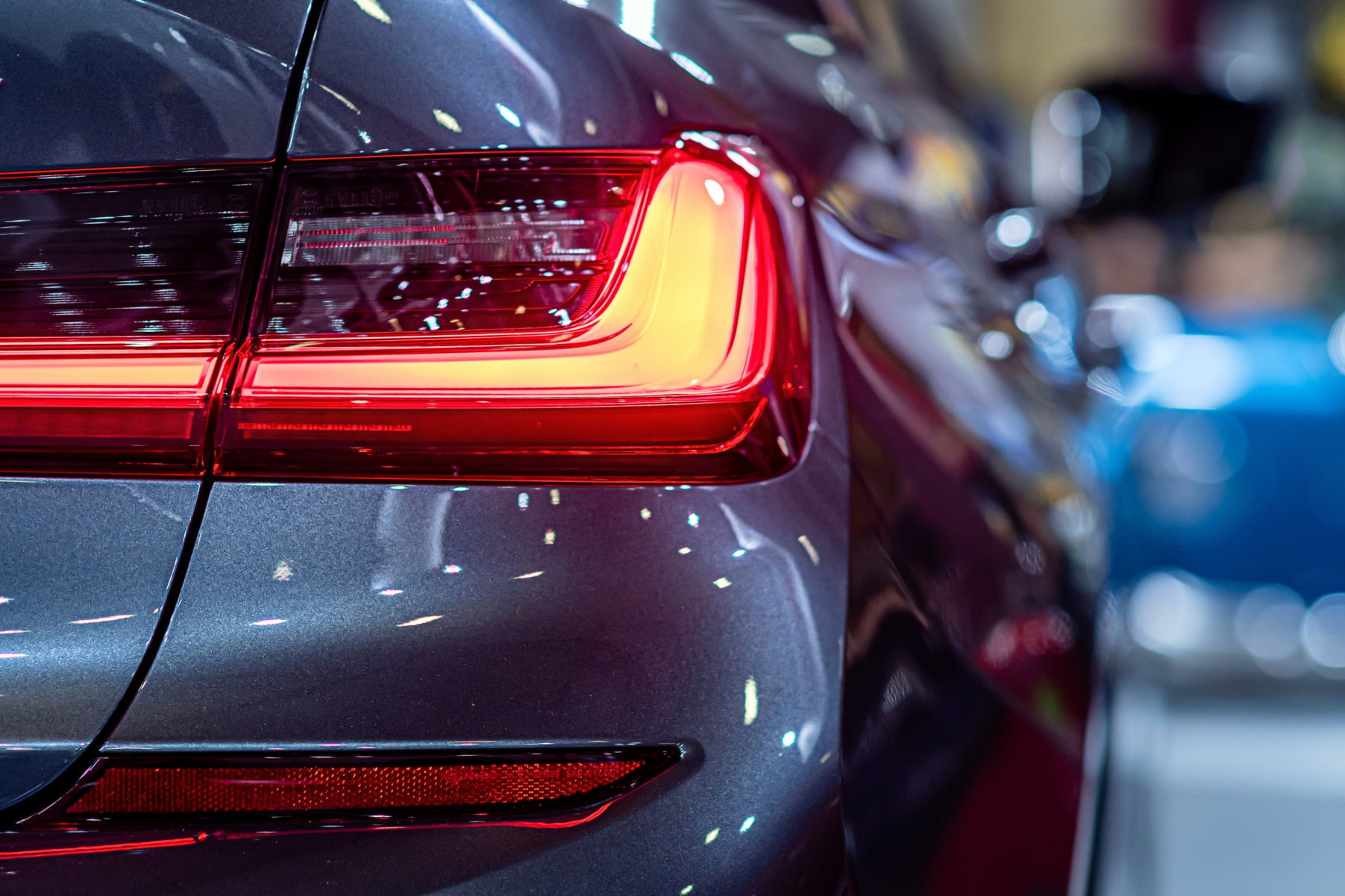
Aug 21, 2023
Hybrid vehicles in states like Florida, Georgia, and the Carolinas benefit from regenerative braking, a technology that recaptures energy during braking and converts it into battery power. This process not only improves fuel efficiency and extends brake life but also helps keep your hybrid battery charged without relying solely on gas. In this post, we'll delve deep into understanding how regenerative braking works and the way it aids in charging hybrid cars.
Traditional Braking vs. Regenerative Braking
In typical vehicles (Internal Combustion Engines), when you apply the brakes, the kinetic energy (motion) of the car is converted into heat by the brake pads and discs. This heat is then simply dissipated into the environment, effectively wasting that energy.
Hybrid cars, on the other hand, have a system that captures a significant portion of this kinetic energy. Instead of wasting it as heat, the energy is converted back into electrical energy and stored in the battery for later use. This system is called regenerative braking.
The Science Behind Regenerative Braking
Here’s a step-by-step breakdown:
- Braking Initiation: When a driver applies the brakes, the hybrid system gets the cue. Instead of using the traditional brake pads and discs to halt the car immediately, the system switches the electric motor to function as a generator.
- Kinetic to Electric Transformation: As the electric motor switches roles to act as a generator, it resists the car's movement. This resistance slows down the car. Meanwhile, the kinetic energy from the slowing car is captured and converted into electrical energy by the generator.
- Storing the Energy: The electrical energy generated is then directed to the battery pack of the hybrid vehicle. The battery stores this energy for later use, like propulsion or powering various functions in the car.
Advantages of Regenerative Braking
- Improved Fuel Efficiency: By harnessing and reusing the energy that would otherwise be lost during braking, hybrid vehicles can significantly improve their fuel efficiency.
- Extended Brake Life: Since the regenerative braking system takes over some of the workload during braking, the traditional brakes experience less wear and tear, leading to extended life.
- Enhanced Battery Life: The system ensures that the battery stays charged without always relying on external charging or the internal combustion engine. This not only prolongs the battery life but also reduces the dependency on fuel.
Conclusion
Regenerative braking is a perfect example of how innovative technologies can transform existing systems for the better. By reclaiming and reusing energy that was traditionally wasted, hybrid cars have made a substantial leap in efficiency and sustainability. As we move towards a greener future, it's technologies like these that pave the way.
At Hybrid Battery 911, we’re experts in everything related to hybrid battery systems. If you are experiencing issues with your hybrid battery, contact us for a free consultation. If you need a fix, we have mobile, on-site technicians that come right to you!

